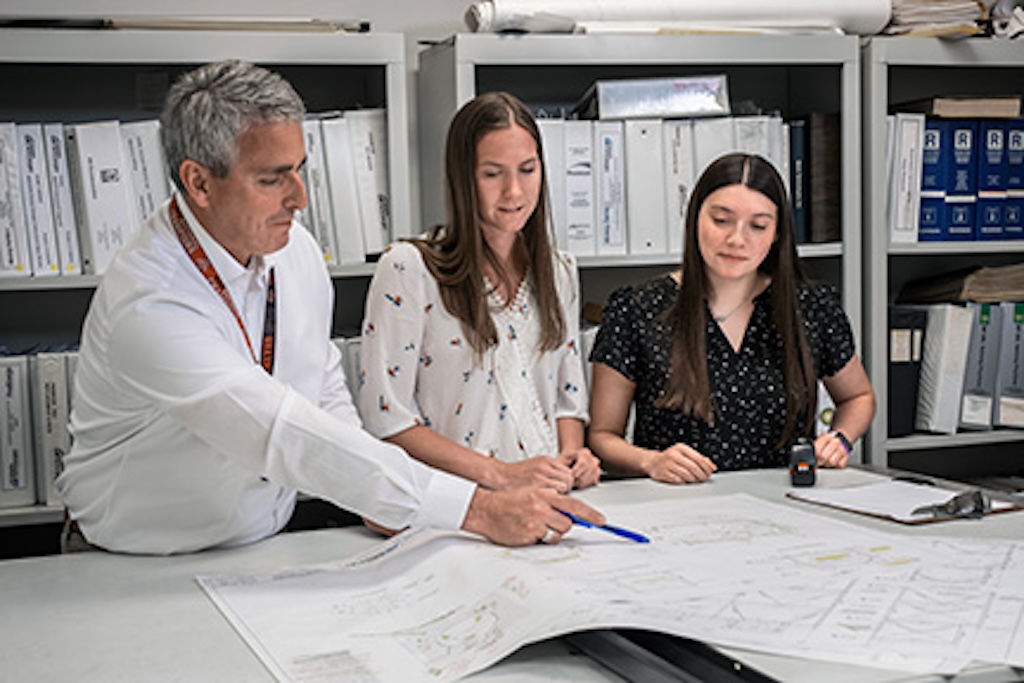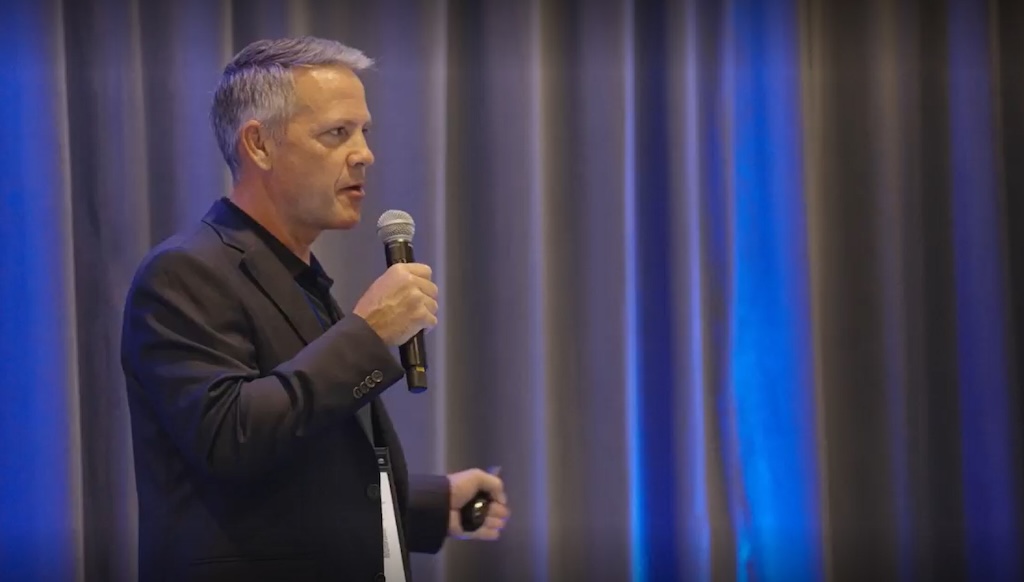For brute force speed control applications where positioning or extremely precise control are not required, it’s hard to beat a dc motor and drive. While the basic design of the brushed dc motor has not changed much, the technology used to control the dc motor’s speed has evolved over the years.

They’ve been powering industry since the days of Thomas Edison, but unlike many older power transmission technologies, dc motors and drives are still around. For brute force speed control applications where positioning or extremely precise control are not required, it’s hard to beat a dc motor and drive. While the basic design of the brushed dc motor has not changed much, the technology used to control the dc motor’s speed has evolved over the years—from rheostats to vacuum tube rectifiers, to motor/generator sets, to solid state control using silicon controlled rectifiers (otherwise known as SCRs or thyristors).
dc drives have been used in applications including extruders, wire drawing, cranes and hoists, pulp and paper, mining, and oil and gas. While they have seen a decline in popularity over the last couple of decades (in many cases being replaced by ac drives), dc drives are far from obsolete. Available from fractional to thousands of horsepower, the dc system uses a relatively simple and low-cost drive. While the capital cost of a new dc motor is somewhat high, older existing motors can be effectively re-wound and refurbished many times for a reasonable price. This makes dc drives attractive in retrofit applications where there are viable motors.
Ease of retrofit
When replacing an obsolete or failed dc drive, some users may decide to evaluate moving to an ac drive system. This strategy will not only involve the replacement of the drive, but also require a new motor and the associated wiring between motor and drive. One fact that may be overlooked during the evaluation is that any mechanical power transmission components coupled to the dc motor may have to be replaced if the new ac motor is not mechanically exactly the same as the dc motor it is replacing. For example, these mechanical components could be costly gear reducers. In cases where a low base speed dc motor is used, the ac replacement could be prohibitively expensive or hard to find.
However, updating the drive only to a modern dc drive will allow existing motor and wiring to be used, and typically the drive alone will cost less than an ac drive of equal size. In the case of very high power dc systems, it is even possible to upgrade an existing dc drive without completely replacing it. Some manufacturers offer a digital “front end” that can drive the existing SCR bridges, offering all of the advantages of a modern drive at a very competitive cost.
One particularly attractive retrofit opportunity is the motor/generator set. M/G sets were a popular means to control groups of dc motors before the advent of practical solid state drives. A large dc generator was powered by a constant speed ac motor, and the generator’s output varied by way of field control. This variable output was then fed to the armatures of a series of dc motors, each with its own field control. The M/G set system was rather complicated, maintenance intense and inefficient. In addition, due to the age of many systems, users report difficulty in obtaining repair parts.
Replacing an M/G set system with dc drives is easy, and the existing drive motors can be retained, saving the expense of new ones. In addition to the elimination of high-maintenance and generally obsolete equipment, replacing an M/G set with dc drives also provides the benefit of energy savings. dc drives only use energy while running motors, as opposed to M/G sets which generally idle constantly, whether the driven machinery is being operated or not.
Simplicity of design
One reason for dc drives’ relative low cost and high reliability is their simplicity of design. Where an ac drive includes two stages of conversion, from ac to dc and back to ac, the dc drive converts only once by way of a controlled rectifier bridge. This means less work for the control logic as well, and simpler algorithms are used since the complexity of vector control is not being performed. Less control logic leads to fewer parameters to set, making for easier commissioning compared to ac. Efficiency of the dc drive is surprisingly high because it employs only one stage of conversion.
Drive advances
While some manufacturers have withdrawn from the dc drive market or let older product lines fade into obsolescence, others continue to invest in dc drive improvements. Advances in component technology and manufacturing practices have allowed dc drives to perform better and with higher reliability, while remaining cost-effective and easy to use.
Most of today’s dc drives take advantage of digital technology. Some immediately noticeable advantages include better accuracy and repeatability of control. In addition, specialty functions like tension control, material winders, and PID control can now be accomplished much more elegantly, allowing fine-tuning by setting parameters instead of tweaking a multitude of “trim pots.” Perhaps the most overlooked advantage of digital technology is not immediately obvious, but becomes evident after the drive has been in operation for a while. Namely, users now have the ability to upgrade software and firmware of a digital drive as updates are made available by the manufacturer.
Many manufacturers have moved to updated control architecture like 32-bit processors and fieldbus communications to achieve a level of commonality with other modern equipment. This puts the dc drive on level ground with other technologies, allowing it to be easily interfaced to PLCs, HMIs, or process controllers. The addition of advanced diagnostics, made possible by digital design, enhances the reliability of the dc drive and makes troubleshooting and setup easier as well.
Cost-effective line regeneration
There are two basic configurations of dc drives: non-regenerative and regenerative. A non-regen system can provide “motoring power” only. That is, it can drive the motor against its load. If the load tries to overhaul the motor, as might happen when attempting to decelerate a high inertia load, or when lowering a load on a hoist, for example, the drive will provide no braking torque but let the load coast.
For applications that require holdback torque, a regenerative drive can be used. A regenerative drive contains two power bridges: one for motoring and one for braking. If the regenerative drive is called upon to stop the motor or lower its speed, it will receive the regenerated energy from the motor and switch it, through the second power bridge, back to the power line.
Regenerative dc drives are particularly attractive because they are a standard product, and the cost premium over a non-regenerative drive is not very high compared to that for an equivalent regenerative ac drive, which can be quite costly and not available off the shelf.
It’s clear dc drives will have a place in the motion control sector as long as there is a need for an economical speed control solution. Today’s dc drives are a far cry from analog units of the past, and can hold their own when it comes to interfacing and communicating with other system components. In doing so, they allow the useful lifetime of countless dc motors to continue. Thomas Edison would be proud.
Louis Lambruschi is with Parker Hannifin’s SSD Drives Division in Charlotte, N.C.



